When the Law Lags Behind the Machine: Copyright, AI, and the Unfolding Conversation
Todady, the head of the U.S. Copyright Office, Shira Perlmutter, was dismissed from her role. The move came shortly after her office released a report questioning whether artificial intelligence companies have the legal right to train on copyrighted content.
The report didn’t make bold declarations. It didn’t draw hard lines. Instead, it did something more important: it asked questions.
Is it legal to use books, images, music, and films, created by human hands, to train generative AI models? Is that “fair use”? Is this a new form of transformation, or is it replication at scale?
We don’t have clear answers. That’s what the Copyright Office was trying to explore.
And now, that inquiry is on pause, or possibly over.
What Does This Mean for Creators?
Whether you’re an illustrator, a designer, or a creative entrepreneur, your work may already be part of someone’s training dataset. Generative tools are evolving quickly, and with that speed comes uncertainty, not just technological, but legal.
If the systems designed to protect creators are struggling to keep up, what does that mean for the future of authorship? Who owns style? Who is credited for influence? And who decides what’s fair?
These are not easy questions. But they’re important ones. And the people who make things, the artists, designers, writers, and makers, deserve to be part of that conversation.
AnthroMark and the Role of Artists in a Shifting Landscape
At AnthroMark, we’re not here to fight the future. We’re here to ask better questions and give creators a way to say: this work came from a person.
We don’t claim to have all the answers. But we do believe that in a world where AI is producing content at scale, there’s real value in authorship, in knowing that a piece of art came from a human mind, shaped by lived experience, not scraped and synthesized from thousands of others.
AnthroMark is a certification for human-made artwork. It’s a trustmark that lets creators stand apart from the flood of generative content, not out of fear, but out of clarity. It’s a way to preserve meaning in creative work when the lines are becoming harder to see.
A Moment of Transition
We’re in a transitional moment. The law is lagging behind the tools. The people tasked with drawing the boundaries are being shuffled around. And artists are watching, wondering whether the system is working for them or simply moving past them.
This isn’t the end of the story. It’s just one chapter in a much bigger narrative.
If you’re a creator who wants to stay human in the age of automation, or just want to be part of the conversation, AnthroMark is here for you.
